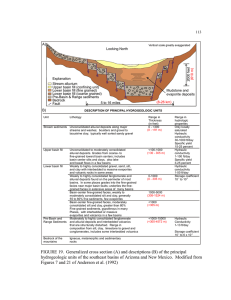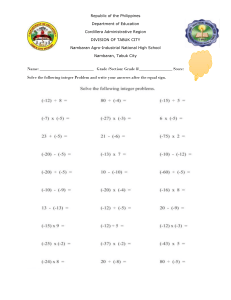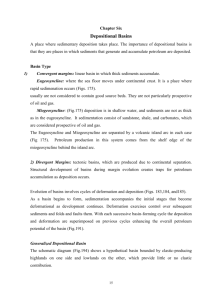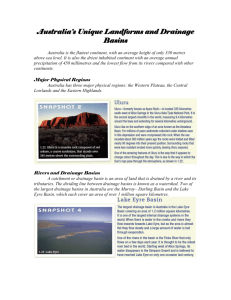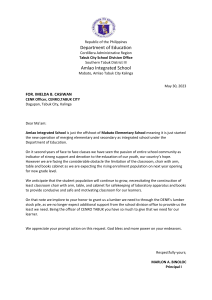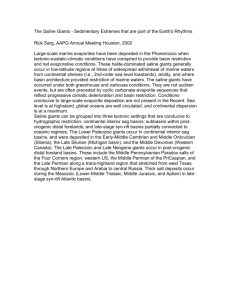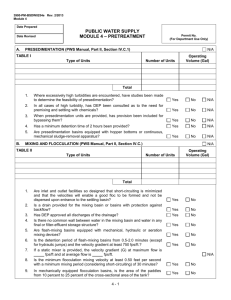Tabuk-widyan basins
advertisement
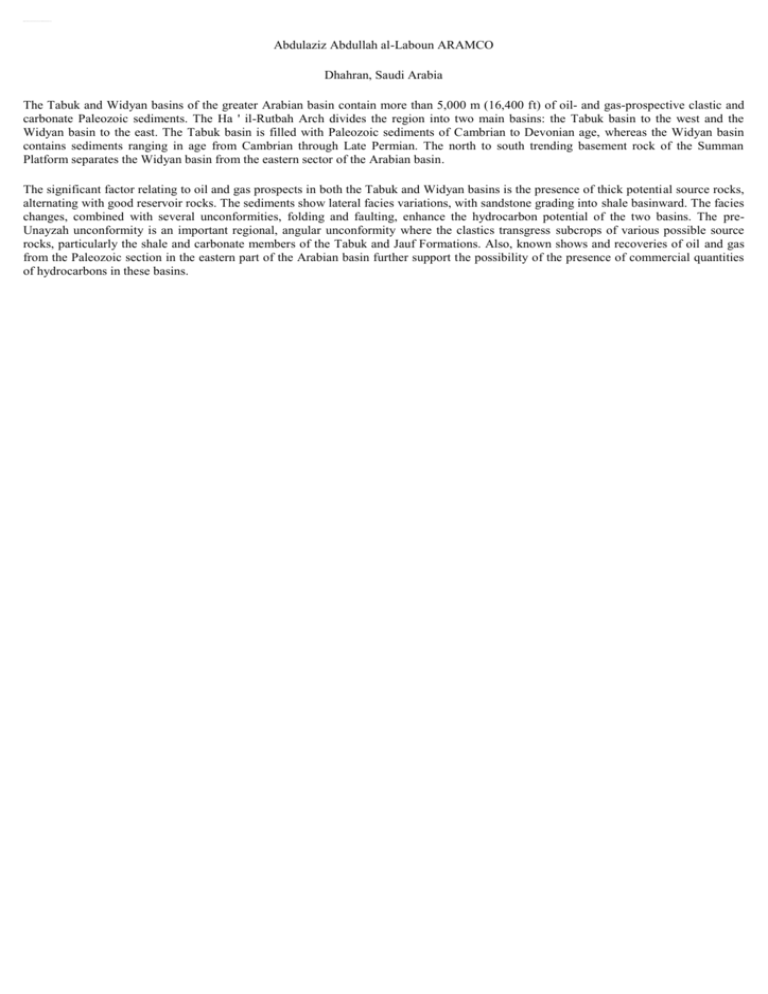
Stratigrap hy and Hydrocar bon Potent ial of the Paleozoic Succes s ion in BothTabuk and Widyan Bas ins , Arabia Abdulaziz Abdullah al-Laboun ARAMCO Dhahran, Saudi Arabia The Tabuk and Widyan basins of the greater Arabian basin contain more than 5,000 m (16,400 ft) of oil- and gas-prospective clastic and carbonate Paleozoic sediments. The Ha ' il-Rutbah Arch divides the region into two main basins: the Tabuk basin to the west and the Widyan basin to the east. The Tabuk basin is filled with Paleozoic sediments of Cambrian to Devonian age, whereas the Widyan basin contains sediments ranging in age from Cambrian through Late Permian. The north to south trending basement rock of the Summan Platform separates the Widyan basin from the eastern sector of the Arabian basin. The significant factor relating to oil and gas prospects in both the Tabuk and Widyan basins is the presence of thick potential source rocks, alternating with good reservoir rocks. The sediments show lateral facies variations, with sandstone grading into shale basinward. The facies changes, combined with several unconformities, folding and faulting, enhance the hydrocarbon potential of the two basins. The preUnayzah unconformity is an important regional, angular unconformity where the clastics transgress subcrops of various possible source rocks, particularly the shale and carbonate members of the Tabuk and Jauf Formations. Also, known shows and recoveries of oil and gas from the Paleozoic section in the eastern part of the Arabian basin further support the possibility of the presence of commercial quantities of hydrocarbons in these basins.

